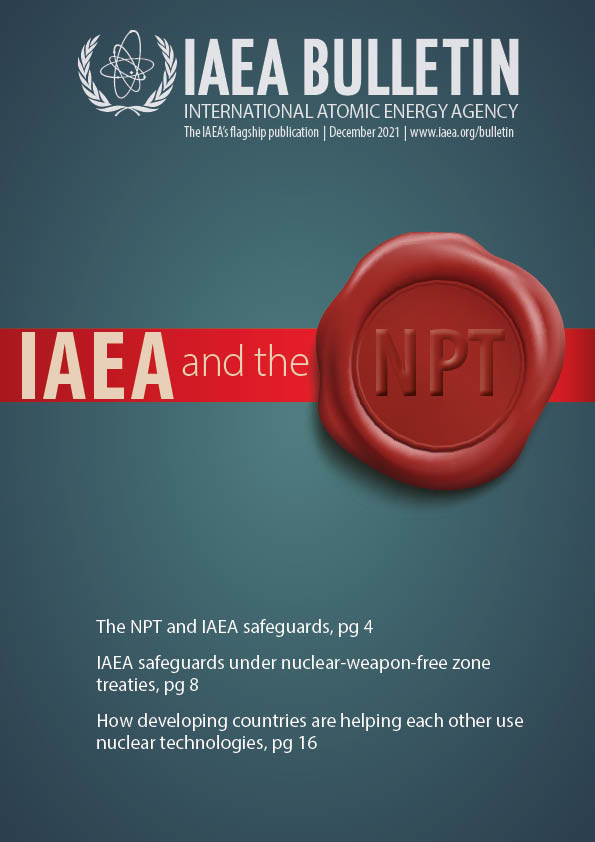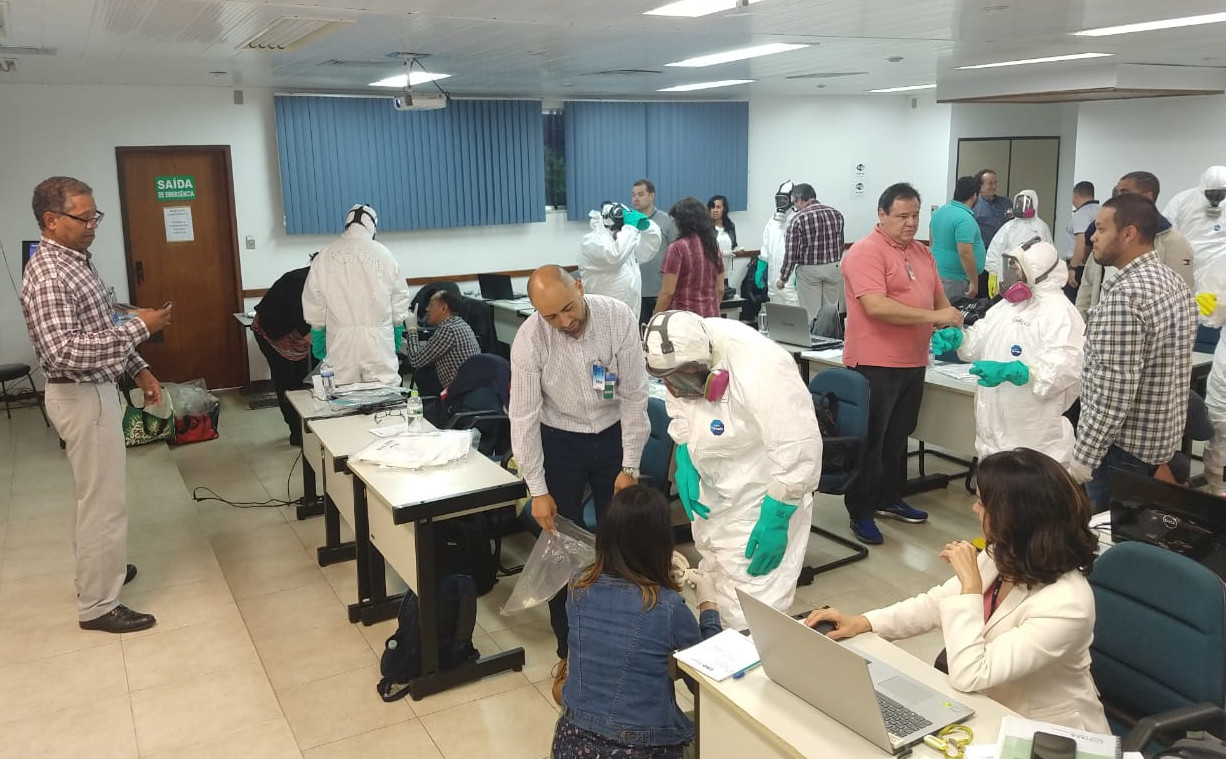Responders to nuclear or radiological incidents and emergencies play a pivotal role in protecting people and the environment. In order to do this effectively, responders need to know which steps to take and when. That’s where training and preparedness come in, which is an area of work supported through the IAEA’s Peaceful Uses Initiative (PUI).
“Despite precautions taken during the design and operation of nuclear installations, as well as advances in science and technology, a failure, intentional act or mishap could lead to an emergency involving radioactive sources,” said Raul dos Santos, Head of the Emergency Division of Brazil’s National Nuclear Energy Commission (CNEN). “Members of civil protection services, fire departments, law enforcement, medical services, etc. need to receive continuous education on how to identify a radiation emergency and implement protective measures.”
To help responders develop and maintain the relevant skills, the IAEA’s School of Radiation Emergency Management provides training to strengthen national, regional and international capacities to respond to nuclear or radiological incidents and emergencies, such as an accident during the transport of a radioactive source or the misuse of radioactive material.
Since the launch of the School in 2015, the IAEA has held 12 training courses in 9 countries, which have been attended by nearly 500 participants from 80 countries. The comprehensive two-to-three-week course covers all aspects of emergency preparedness and response (EPR).
The School was designed by the IAEA to provide participants with a comprehensive understanding of the basic principles of nuclear or radiological EPR based on IAEA safety standards and associated technical guidance. The IAEA’s Incident and Emergency Centre is the global focal point for international EPR for nuclear and radiological incidents and emergencies regardless of their cause, such as an accident or a malicious act.
“During the course, participants discuss how to address the main aspects of EPR at national and local levels, which they then take back to their countries and use in their roles as regulators, operators, municipality workers or emergency responders, such as firefighters or law enforcement officers,” said Svetlana Nestoroska Madjunarova, Emergency Preparedness Coordinator at the IAEA. “The School is aimed at supporting Member States in developing a cadre of professionals trained to handle different aspects of EPR as required in the international safety standards in the area.”
Participants complete an initial mandatory e-learning module and test, which complements lectures, practical exercises, discussions on case studies and visits to different facilities. The curriculum covers topics such as all-hazards emergency management system, protecting the public and emergency workers, providing information to the public, monitoring and mitigating radiological and non-radiological consequences.

